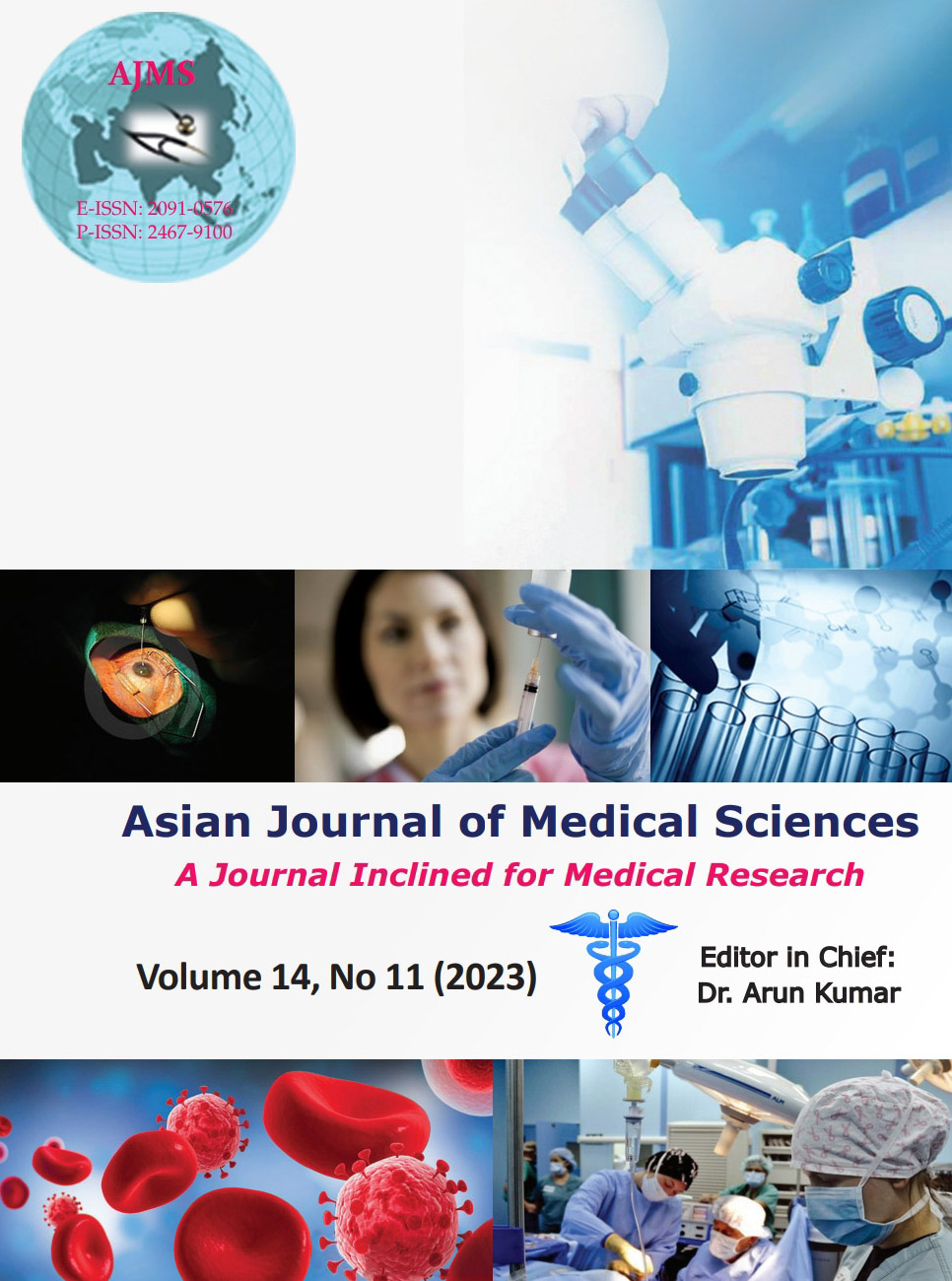An insight into outbreak of atypical mycobacterial infection following percutaneous nephrolithotomy - Role of cleaning and sterilization techniques inspected
Keywords:
Outbreak; Atypical; Mycobacteria; Percutaneous nephrolithotomy; Cleaning; Enzyme; InfectionAbstract
Background: Atypical wound infections following minimal access surgery continue to affect smooth recovery. Percutaneous nephrolithotomy (PCNL) for renal stones involves various small-sized nephroscopes and accessories. Improper cleaning and disinfection of which may result in bacterial biofilms formation and infections.
Aims and Objectives: We inspected an outbreak of atypical wound infection after PCNL to find the responsible factor.
Materials and Methods: This retrospective observational study had three groups based on cleaning and sterilization methods. In group A, manual cleaning of instruments was done followed by high-level disinfection using glutaraldehyde 2% solution with 20 min submersion. In group B, manual cleaning was supplemented with multienzyme cleaning with 10 min submersion but disinfection method was same as in group A. In group C, manual and enzyme cleaning was combined with ethylene oxide (ETO) sterilization. The outcome was assessed as wound infection occurrence at 1-month follow-up.
Results: The study had 81 participants with 61 male and 20 females. The mean age was 36±16 years. Group A, B, and C had 32, 24, and 25 participants, respectively. Pre-operative parameters were comparable among the groups. Late wound infection (at 1-month follow-up) occurred in 11 cases from group A, but none from others (P=0.004). Culture-revealed atypical mycobacterial growth in four cases, while Staphylococcus in another. Rests were sterile. Six patients were relieved after clarithromycin course for 1–5 months. Three patients needed scar excision.
Conclusion: Manual cleaning with high-level disinfection is not adequate against atypical mycobacterial infections. A combination of enzymatic cleaning and high-level disinfection with glutaraldehyde or ETO sterilization effectively minimizes these infections.
Downloads
Downloads
Published
How to Cite
Issue
Section
License
Copyright (c) 2023 Asian Journal of Medical Sciences

This work is licensed under a Creative Commons Attribution-NonCommercial 4.0 International License.
Authors who publish with this journal agree to the following terms:
- The journal holds copyright and publishes the work under a Creative Commons CC-BY-NC license that permits use, distribution and reprduction in any medium, provided the original work is properly cited and is not used for commercial purposes. The journal should be recognised as the original publisher of this work.
- Authors are able to enter into separate, additional contractual arrangements for the non-exclusive distribution of the journal's published version of the work (e.g., post it to an institutional repository or publish it in a book), with an acknowledgement of its initial publication in this journal.
- Authors are permitted and encouraged to post their work online (e.g., in institutional repositories or on their website) prior to and during the submission process, as it can lead to productive exchanges, as well as earlier and greater citation of published work (See The Effect of Open Access).




